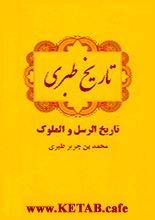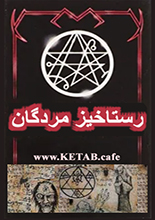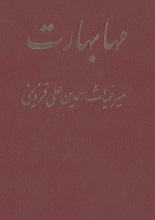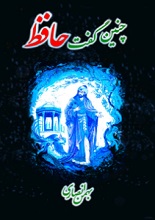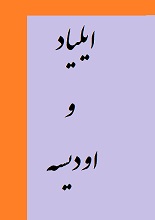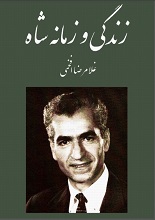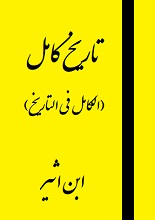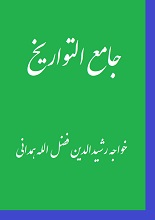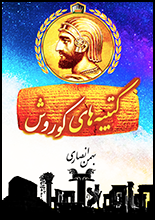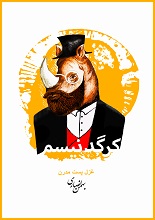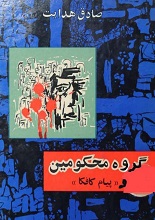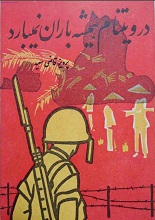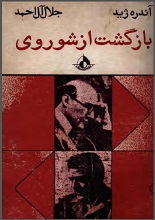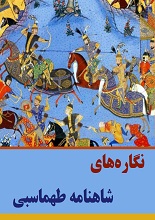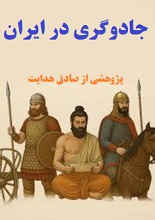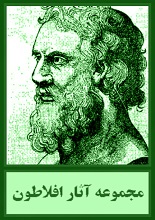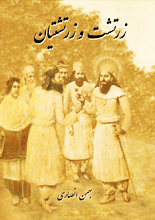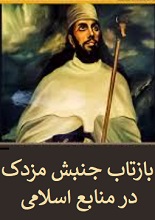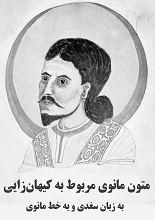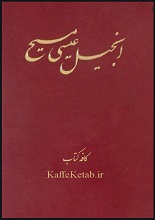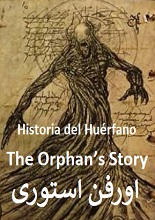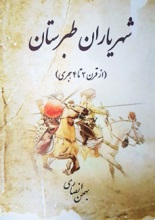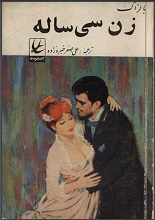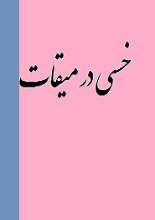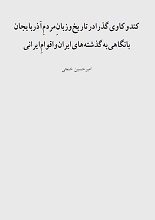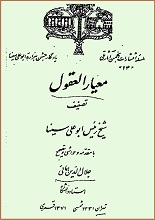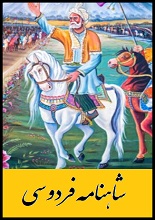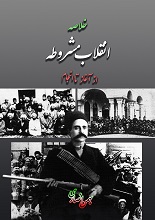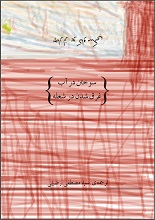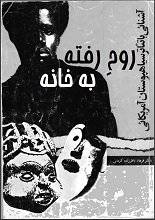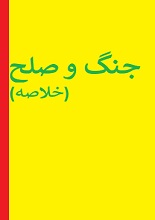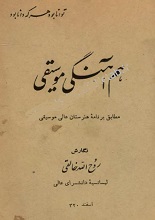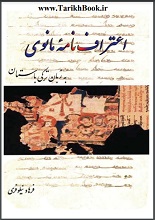امپراتوری اشکانیان از فرهنگها، مذاهب و باورهای گوناگونی، بخصوص بطور عمده از آیینهای ایرانی و یونانی تشکیل میشد. اما رفته رفته آیینهای یونانی (که از زمان یورش اسکندر به ایران رخنه کرده بود) از بین رفته و آیینهای ایرانی با قدرت و شدت بار دیگر پس از یک قرن خاموشی، در جای جای ایران پدیدار میگشت. اما طبیعتا مهمترین بخش از تاریخ اشکانیان که همواره مورد مناقشه بوده، بحثهایی در مورد دین و مذهب اشکانیان است.
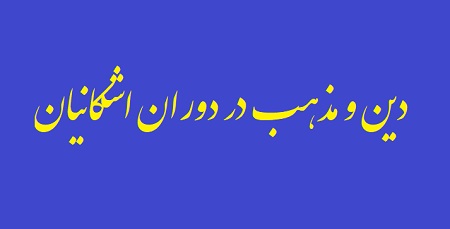
ادیانی که در دوره اشکانی در ایران پیروانی داشتند
در ایران دوره اشکانی، تساهل مذهبی وجود داشت. به این معنا که حکومت مرکزی اشکانیان، هیچ دینی را دین رسمی کشور ایران اعلام نکرد و اجازه داد تا مردم به هر دینی که خودشان مایل هستند، پایبند باشند.
با این حال عمده ادیان موجود در ایران در این زمان، ادیان ایرانی بودند. پیروان مهرپرستی، دین زرتشتی و زروانیسم در این دوران بیشتر از دیگر ادیان و مذاهب به چشم میخوردند. هرچند که باید توجه داشت که هر یک از این ادیان، مذاهب و زیرشاخههایی نیز داشتند.
همچنین اقلیت یهودیان و مسیحیان نیز در این زمان در ایران پیروانی داشتند و البته روز به روز نیز به پیروانشان (به خصوص پیروان دین مسیح) افزوده میشد.
با این حال به طور کلی بیشتر پارتها چندخداباور بودند. در اغلب موارد خدایان ایرانی و یونانی شبیه به هم یا مخلوطی از هم بودند. بطور مثال اهورا مزدا با زئوس، اهریمن با هادس، آفرودیت و هرا با آناهیتا، آپولو با میترا و شمش با هرمس شبیه به یکدیگرند. این تلفیق عجیب نبود زیرا به مدت یک قرن یونانیان بر ایران حاکم بوده و در این مدت باورهای فرهنگی خود را به درون جامعه ایرانی تزریق کرده بودند.
آداب و رسوم اشکانیان سعی در احیا و پیروی از آداب و رسوم اصیل ایرانی میکردند و میکوشیدند تا از تأثیرات فرهنگ یونانی بکاهند. البته فرهنگ یونانی و آداب دیگر ملل نیز علاقهمندانی داشت.
اشراف و بزرگان در دوران اشکانی با اسب عجین بودند و شیرینترین تفریح برای آنها شکار بود. چوگان نیز که در دوره اشکانیان پدید آمد نیز از تفریحات محبوب بود. آنها علاقه بسیاری به جشن و ضیافت داشتند و به همین دلیل موسیقی نیز مورد توجه بود. از زندگی عامه مردم به دلیل کمبود مدارک باستانی اطلاعت زیادی در دست نیست.
اما مهمترین نکته در مورد مذهب در دوره اشکانی، سکولاریزه بودن حکومت اشکانیان است. اشکانیان هرگز مردم را مجبور به داشتن دین خاصی نمی کردند. در این دوره بوداییان در شرق ایران، بت پرستان سامی در غرب، مسیحیان در مرز روم، یهودیان در مرکز و زرتشتیان و مهرپرستان و باورمندان به مذاهب قدیمی آریایی که در اکثریت بودند نیز در سرتاسر ایران پراکنده بودند و همه در کنار هم به صلح و صفا زندگی میکردند.
دانلود کتابهای مرتبط با این موضوع:
دساتیر آسمانی
تاریخ زندگانی حضرت داوود
مساله حجاب
سدوم و گومورا
دین و فلسفه
جنگ داخلی اسپانیا
زندگی جاسوسی ماتاهاری
Religions that had followers in Iran during the Parthian period
In Iran during the Parthian period, there was religious tolerance. This means that the Parthian central government did not declare any religion as the official religion of Iran and allowed the people to adhere to any religion they want.
However, the major religions in Iran at this time were Iranian religions. Followers of Mehrism, Zoroastrianism and Zervanism were more visible than other religions during this period. However, it should be noted that each of these religions also had sects and sub-branches.
Also, the minority of Jews and Christians also had followers in Iran at this time, and of course, their followers (especially the followers of Christ) increased day by day.
However, in general, most of the Parthians were polytheists. In most cases, Iranian and Greek gods were similar or a mixture of each other. For example, Ahura Mazda is similar to Zeus, Ahriman is similar to Hades, Aphrodite and Hera are similar to Anahita, Apollo is similar to Mithras, and Shamesh is similar to Hermes. This combination was not strange because the Greeks ruled Iran for a century and during this time they had injected their cultural beliefs into the Iranian society.
Parthian customs tried to revive and follow authentic Iranian customs and tried to reduce the influence of Greek culture. Of course, Greek culture and customs of other nations also had fans.
During the Parthian era, nobles and nobles were associated with horses and the sweetest entertainment for them was hunting. Polo, which appeared in the Parthian period, was also a popular pastime. They were very fond of celebration and feasting, and for this reason, music was also important. There is not much information about the life of the common people due to the lack of ancient documents.
But the most important point about religion in the Parthian period is the secularization of the Parthian government. Parthians never forced people to have a particular religion. During this period, Buddhists in the east of Iran, Semitic pagans in the west, Christians on the border of Rome, Jews in the center, Zoroastrians and Mehrists and believers in the old Aryan religions, who were in the majority, were also scattered throughout Iran, and all of them together sought peace and They lived peacefully.
